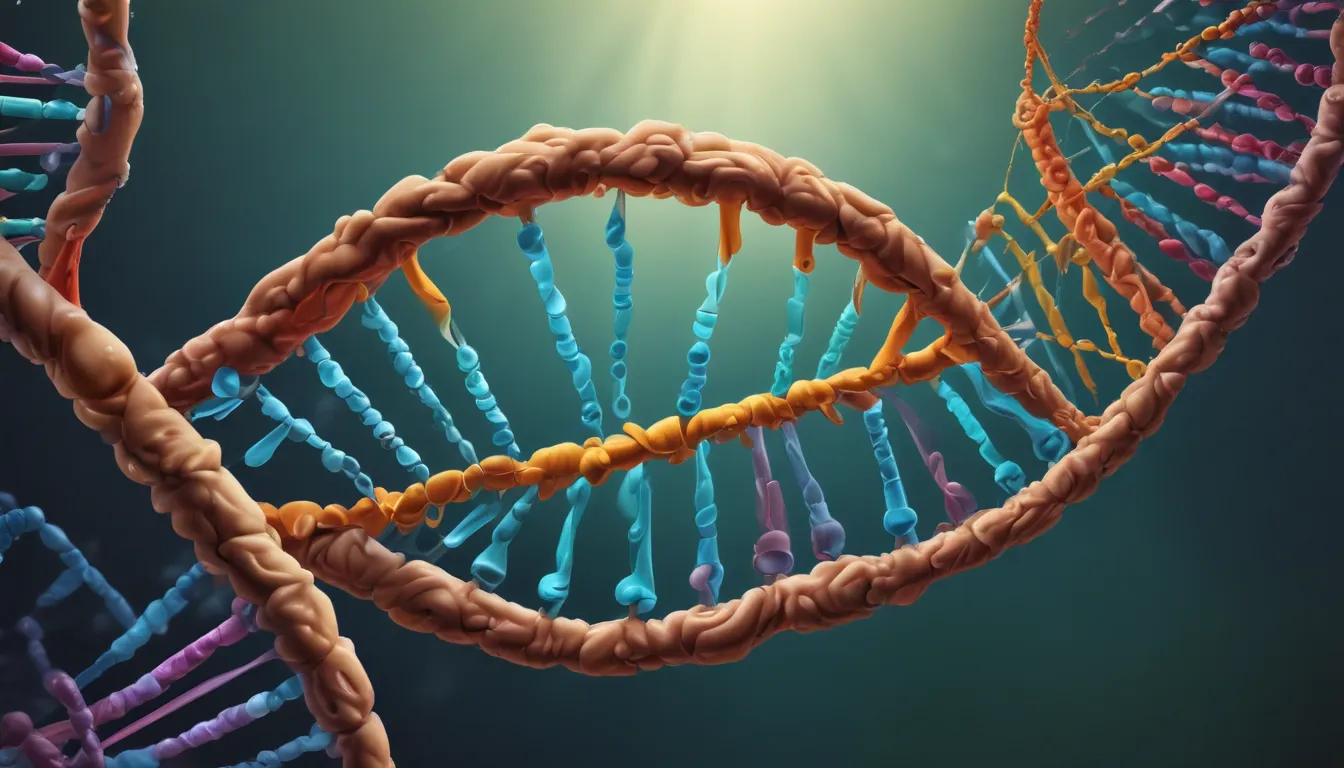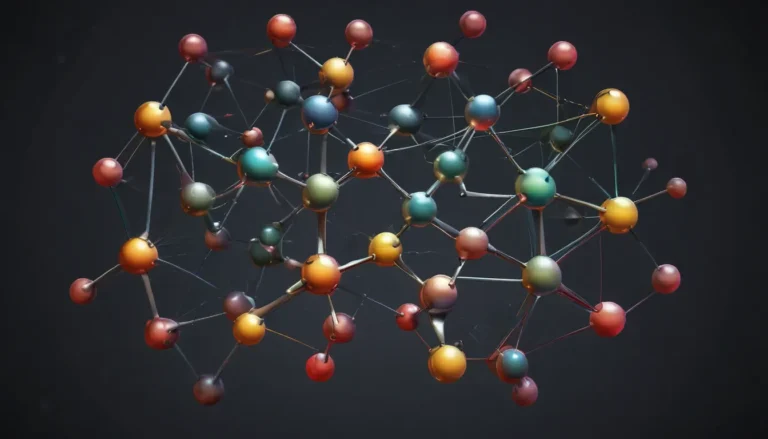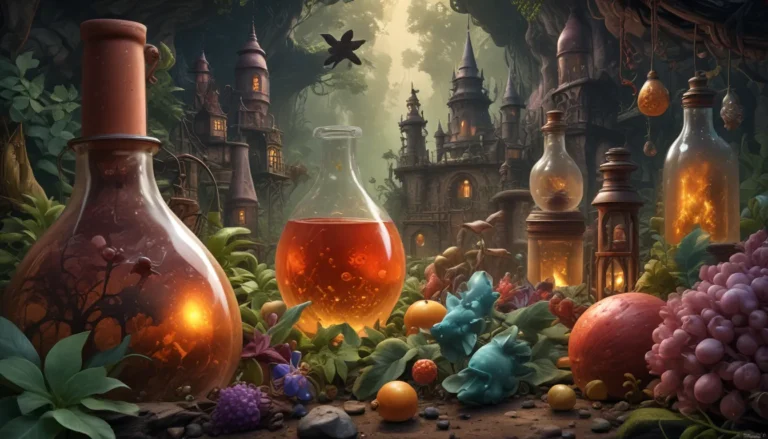A Note About Images: The images used in our articles are for illustration purposes only and may not exactly match the content. They are meant to engage readers, but the text should be relied upon for accurate information.
Welcome to the fascinating world of DNA replication! Have you ever wondered how cells meticulously copy their genetic material to ensure the faithful transmission of genetic information? In this article, we will explore 8 astonishing facts about DNA replication that shed light on the intricate mechanisms behind this essential biological process. From the accuracy of DNA replication to the role of enzymes and proteins, prepare to be amazed by the wonders of DNA replication.
Decoding the Essence of DNA Replication
DNA replication serves as a cornerstone process that enables cells to duplicate their genetic material, paving the way for the transmission of accurate genetic information to the next generation. This intricate process is not only complex but also fundamental for the growth, development, and survival of all living organisms. Scientists have dedicated significant efforts to unraveling the mysteries of DNA replication, leading to remarkable discoveries that showcase the extraordinary nature of this biological process.
Understanding the Significance of DNA Replication
DNA replication stands as a vital process for cellular growth and reproduction, allowing a cell’s DNA to be copied accurately to produce two identical DNA molecules. By faithfully transmitting genetic information during cell division, DNA replication ensures the continuity of life and the perpetuation of essential genetic instructions.
Embracing the Precision of DNA Replication
The accuracy of DNA replication is paramount for maintaining the integrity of genetic information. Through built-in proofreading mechanisms within the replication machinery, such as DNA polymerase enzymes, errors that may arise during the replication process are promptly corrected, safeguarding the fidelity of genetic information.
Unveiling the Timely Occurrence of DNA Replication
DNA replication occurs during the synthesis (S) phase of the cell cycle, a series of stages that a cell undergoes to divide and reproduce. By duplicating its genetic material during the S phase, the cell actively prepares for division, ensuring the proper transmission of genetic information.
Unraveling the Intricacies of DNA Structure
DNA’s iconic double helix structure consists of two intertwined strands. During replication, enzymes known as DNA helicases unwind and separate these strands, creating a replication fork where new DNA strands can be synthesized, further highlighting the coordinated dance of enzymes and proteins in DNA replication.
Embracing the Legacy of DNA Replication
In the realm of semi-conservative DNA replication, each new DNA molecule synthesized contains one original parental strand and one newly synthesized daughter strand. This meticulous process ensures that genetic information is faithfully retained and passed on to subsequent generations of cells.
Witnessing the Orchestra of DNA Replication
A symphony of enzymes and proteins collaborates in a synchronized manner to orchestrate the successful replication of DNA. From DNA polymerases to DNA ligases and helicases, these molecular players cooperate to ensure the accurate duplication of genetic material, exemplifying the harmonious complexity of DNA replication.
Unleashing the Multifaceted Nature of DNA Replication
Eukaryotic cells engage in DNA replication at multiple sites along each chromosome, termed replication forks. This strategic approach enables efficient and rapid duplication of the entire genome, showcasing the sophisticated coordination of DNA replication.
Navigating External Influences on DNA Replication
External factors such as radiation, chemicals, and environmental conditions can disrupt DNA replication, leading to errors or DNA damage. While cells possess repair mechanisms to rectify these errors, uncorrected anomalies can culminate in genetic mutations and diseases, underscoring the vulnerability of DNA replication to external influences.
Embracing the Marvels of DNA Replication: A Conclusion
In conclusion, DNA replication stands as a captivating process that underpins the perpetuation of life. Through its intricate mechanisms, genetic information is faithfully duplicated, ensuring the inheritance of vital instructions for development and survival. Delving into the intricacies of DNA replication has not only expanded our understanding of genetics but has also paved the way for breakthroughs in medicine, biotechnology, and forensic science. As research in this field continues, the promise of unveiling the secrets of evolution, aging, and disease looms on the horizon, fueling our journey to decipher the essence of life itself.
Explore the Depths of DNA Replication: FAQs
-
What is DNA replication?
DNA replication is the process through which a cell creates an identical copy of its DNA before cell division, ensuring each daughter cell receives a complete set of genetic information. -
Why is DNA replication important?
DNA replication is vital for the transmission of genetic information across generations. Accurate replication is crucial to prevent errors, genetic mutations, and potential harmful repercussions. -
How does DNA replication occur?
DNA replication encompasses steps like unwinding the DNA double helix, separating DNA strands, and synthesizing new complementary strands using existing DNA as a template. Enzymes and proteins work in unison to ensure accuracy and efficiency. -
Who are the key players in DNA replication?
Key players include DNA polymerase for synthesizing new DNA strands, along with proteins like helicase, primase, and ligase for unwinding DNA, creating RNA primers, and joining newly synthesized DNA fragments, respectively. -
Can DNA replication go wrong?
While highly accurate, DNA replication can occasionally falter due to environmental factors, genetic mutations, or machinery malfunctions, potentially leading to genetic disorders or diseases. -
Are there regulatory mechanisms in DNA replication?
Yes, regulatory mechanisms oversee the timing and accuracy of DNA replication, featuring checkpoints that ensure proper replication and repair before cell division proceeds. -
Can external factors influence DNA replication?
Indeed, external factors such as UV radiation, chemicals, and drugs can impact DNA replication, causing DNA damage and mutations with significant implications for organisms. -
How does DNA replication relate to genetic diversity?
DNA replication maintains the genetic information within a species while genetic mutations during replication introduce variations, fostering genetic diversity among individuals in a population.
Explore the riveting realm of DNA replication, uncovering its wonders and complexities as we journey toward unlocking the enigmatic secrets of life. Through a deep dive into the mechanisms and significance of DNA replication, we unveil a world brimming with possibilities and discoveries, guided by an insatiable quest for knowledge and understanding. Join us on this enthralling expedition into the heart of DNA replication, where each revelation brings us closer to the essence of life itself.






